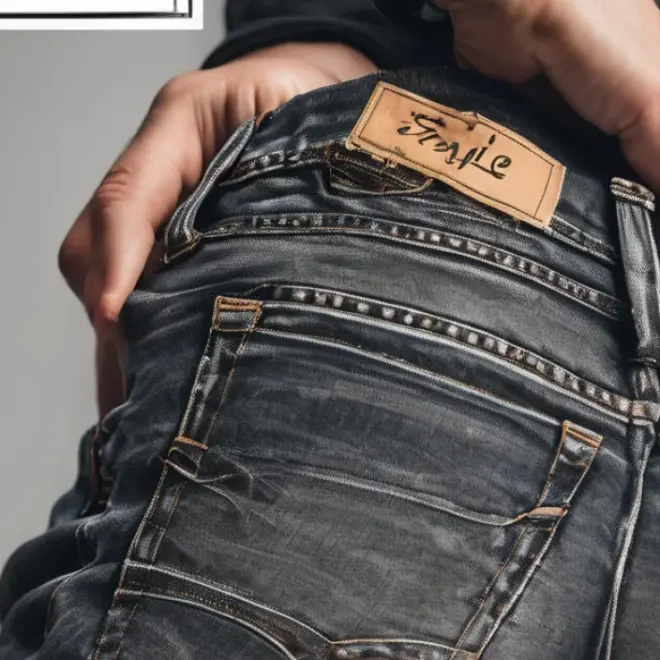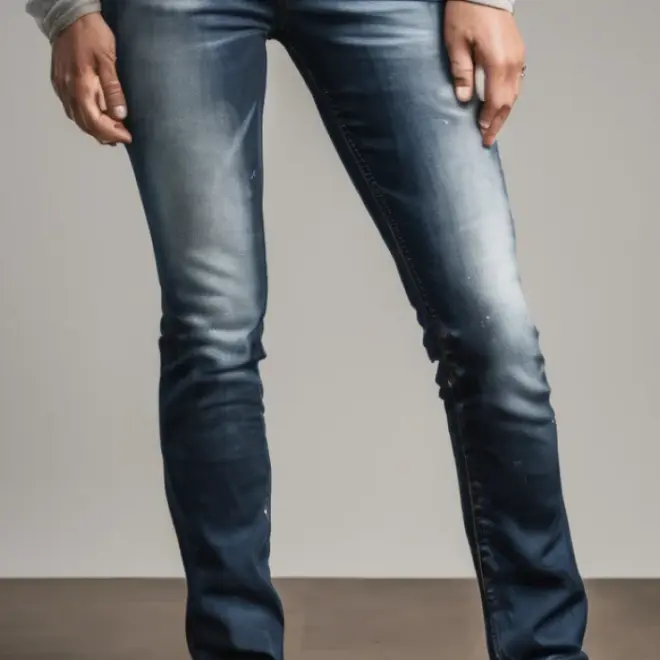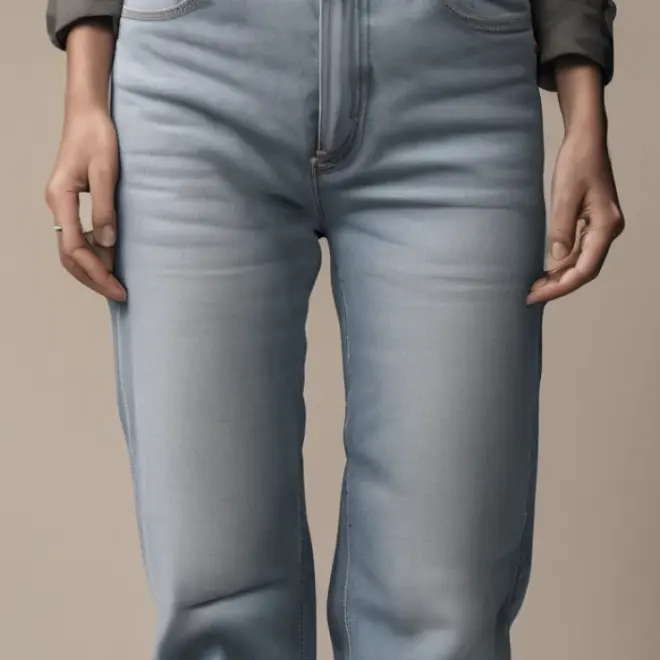Quick Summary: To soften stiff straight jeans, try washing them multiple times with less detergent, using fabric softener, or a bit of vinegar in the rinse. Gentle stretching and wearing them regularly also break them in to feel great.
How to Soften Straight Jeans: Essential Tips
Got a new pair of straight jeans that feel a bit too stiff? It’s a common frustration. New denim, especially rigid or straight-leg styles, can sometimes feel like cardboard. This makes them less comfortable for everyday wear. But don’t worry! With a few simple tricks, you can transform those stiff jeans into your favorite cozy pair. Let’s learn how to soften them up so you can start enjoying them right away.
Why Do New Jeans Feel Stiff?
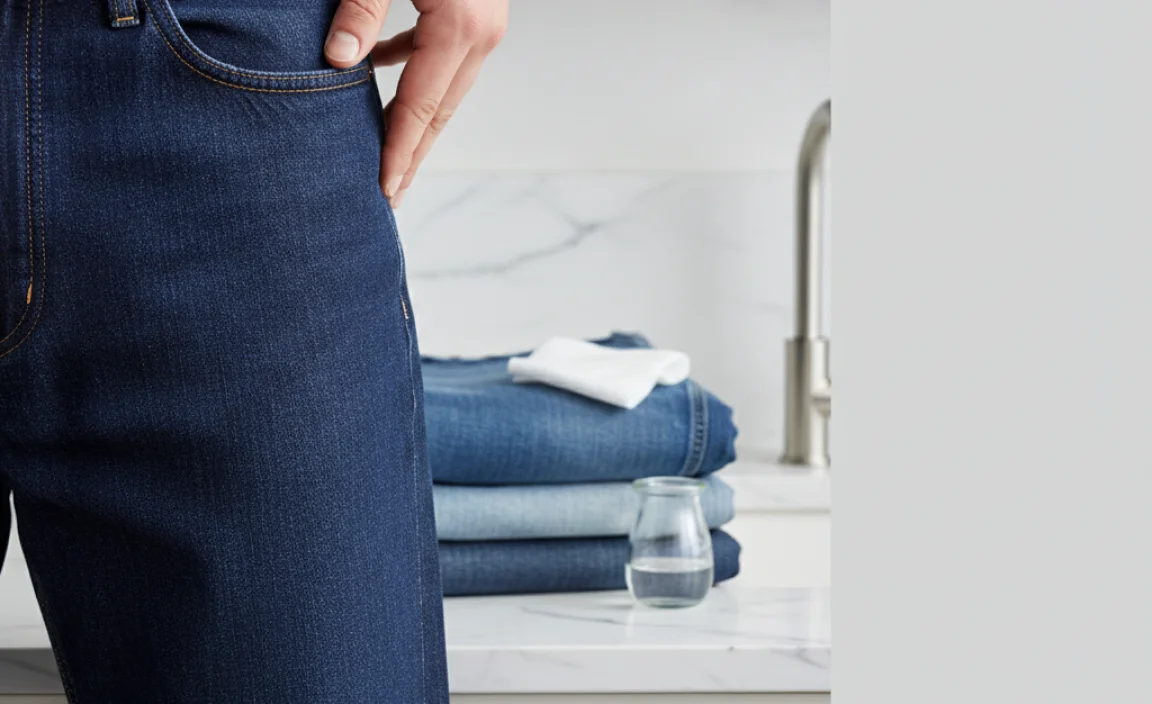
Many new jeans, particularly those made from 100% cotton in a non-stretch weave, are designed to be durable. This often means they start out quite rigid. This stiffness comes from the way the cotton fibers are woven and treated during manufacturing. Sometimes, chemicals are used to give denim specific finishes or colors, which can also contribute to a stiff feel. The good news is that denim is made to soften and mold to your body over time with wear and proper care.
Understanding Denim and Softness

The journey from stiff to soft denim is all about breaking down those rigid fibers and loosening the weave. Think of it like breaking in a new pair of leather shoes – it takes a little effort, but the result is a perfectly comfortable fit. Different types of denim will soften differently. For instance, raw denim will take longer to break in than a pair that has already undergone some washing and finishing at the factory. Knowing your denim type can help you choose the best softening method.
Methods for Softening Straight Jeans
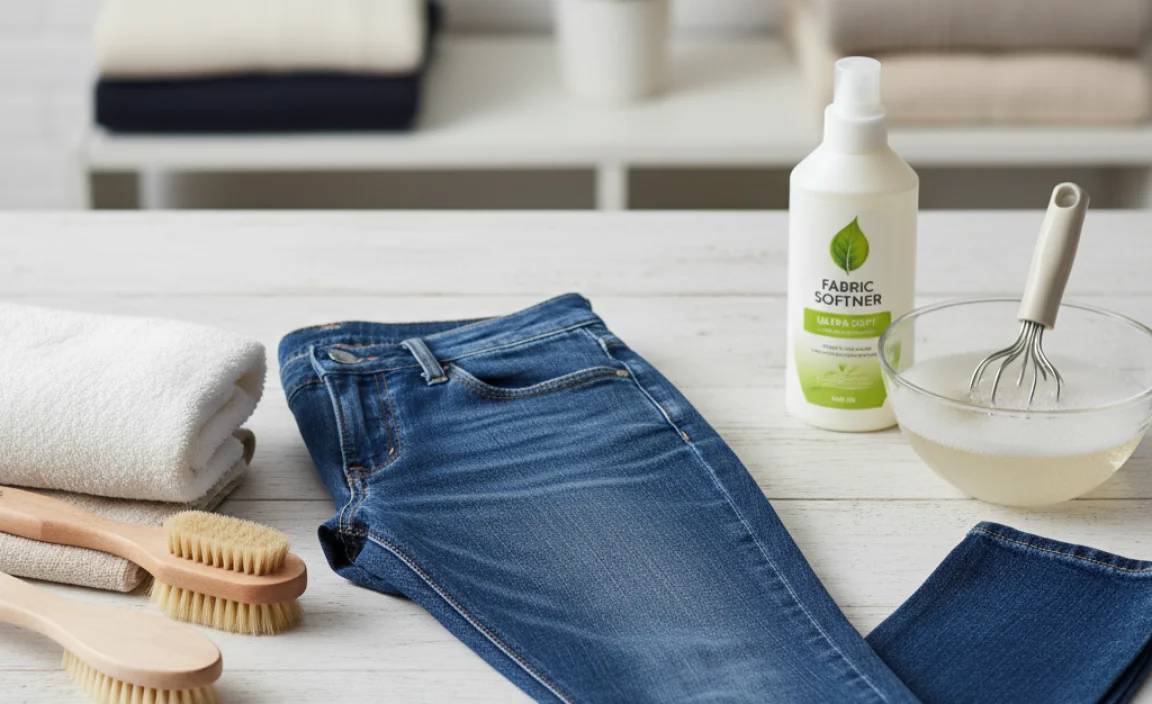
There are several effective ways to make your straight jeans more comfortable. You can combine these methods for the best results. Remember to always check the care label on your jeans before trying any new washing technique to avoid damage.
1. The Washing Machine Method
Washing is the most straightforward way to soften denim. However, how you wash them matters.
a. Repeat Wash-and-Dry Cycles
The more you wash and dry your jeans, the softer they will become. For a new pair, consider running them through a few wash cycles before extensive wear.
- Turn your jeans inside out to protect the outer surface and color.
- Wash them on a regular cycle with a cold or warm (not hot) water setting.
- Use a mild detergent. Avoid harsh chemicals or bleach, as these can damage the fibers and color.
- Dry them on a medium heat setting. Over-drying can make denim stiff again, so remove them when they are slightly damp.
b. Use Less Detergent
Using too much detergent can leave residue that makes denim feel stiff. Cut back on the amount you use, especially for new jeans.
c. Add White Vinegar
White vinegar is a natural fabric softener and deodorizer. It can help break down mineral deposits that contribute to stiffness.
- During the rinse cycle, add ½ cup to 1 cup of white vinegar to your washing machine.
- Do not add bleach, as vinegar and bleach can create harmful fumes.
- Your jeans won’t smell like vinegar once they are dry; the scent dissipates.
2. The Fabric Softener Approach
Liquid fabric softeners or dryer sheets can make jeans feel softer to the touch. However, use them sparingly, as some can leave a waxy coating or affect the breathability of the fabric over time.
- Follow the instructions on your fabric softener for the correct amount to use per load.
- For dryer sheets, toss one or two in with your jeans during the drying cycle.
3. The “Soaking” Technique
Soaking the jeans can help loosen up the fibers before washing, making them softer more quickly. This is especially useful for very rigid denim.
- Fill a tub or large basin with cool water.
- Add a small amount of mild detergent or a cup of white vinegar.
- Submerge your jeans completely, ensuring they are fully saturated.
- Let them soak for at least a few hours, or even overnight for tougher fabrics.
- Drain the water and wash the jeans as usual in a washing machine with a gentle cycle, then dry.
4. Natural Softening with Salt
A less common but effective method for softening denim involves using salt.
- Add ½ cup of Epsom salt or regular table salt to the wash cycle with your jeans.
- Wash on a cold cycle.
- Dry as usual. The salt can help to soften the cotton fibers.
5. The Wear-and-Tear Method
The most authentic way to soften jeans is simply to wear them. The natural movement of your body helps to break down the denim’s stiffness and mold it to your shape.
- Wear your jeans around the house for short periods.
- As they become more comfortable, gradually increase the wear time.
- Everyday activities, from walking to sitting, contribute to the softening process.
6. Gentle Stretching
While wearing or after washing, you can manually stretch the fabric to encourage softness and a better fit.
- While the jeans are still damp, gently pull and stretch the waistband, pockets, and legs in different directions.
- You can also sit down in them while damp to help them conform to your body shape.
Tools and Supplies for Softening Jeans
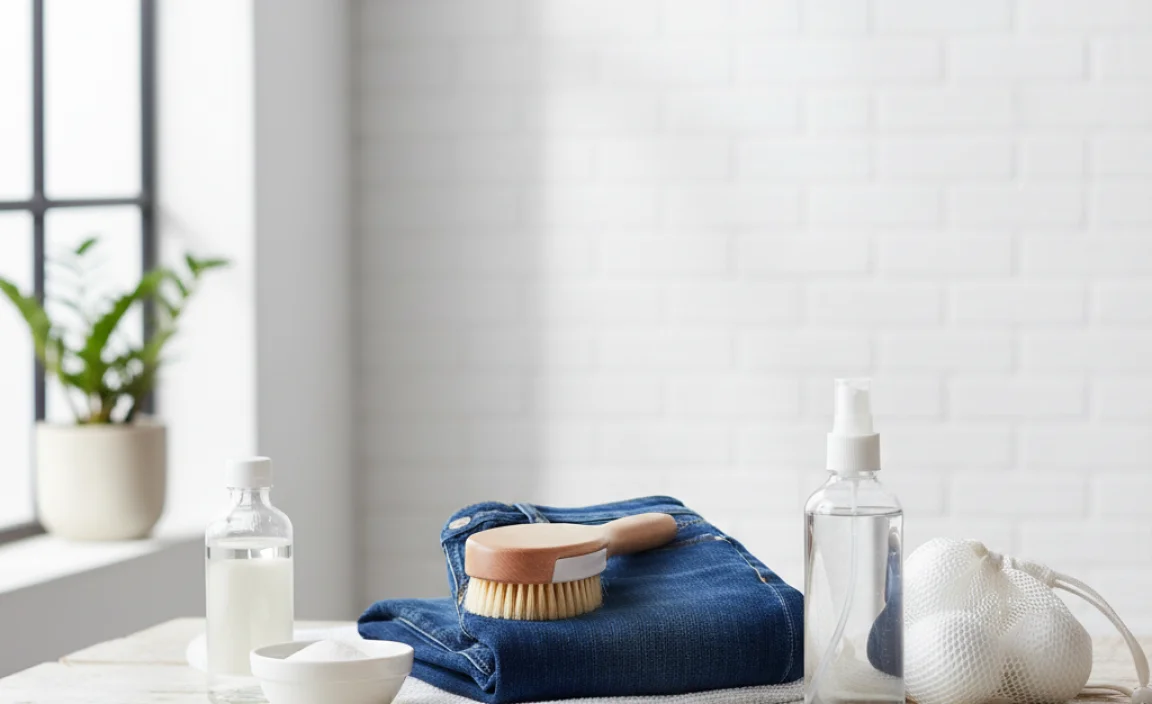
Here’s a quick look at what you might need:
| Item | Purpose | Notes |
|---|---|---|
| Mild Detergent | Cleans without stripping oils from fibers. | Look for “delicate” or “color-safe” formulas. |
| White Vinegar | Natural fabric softener, helps remove residue. | Use during the rinse cycle. |
| Fabric Softener (Liquid/Sheets) | Adds a soft feel. | Use sparingly to avoid build-up. |
| Salt (Epsom or Table) | Helps break down fibers. | Add to wash cycle. |
| Washing Machine | For washing cycles. | Use cold or warm water settings. |
| Tumble Dryer | For drying. | Use medium heat, avoid over-drying. |
| Tub or Basin | For soaking. | If you prefer not to soak in the washing machine. |
Things to Avoid When Softening Jeans
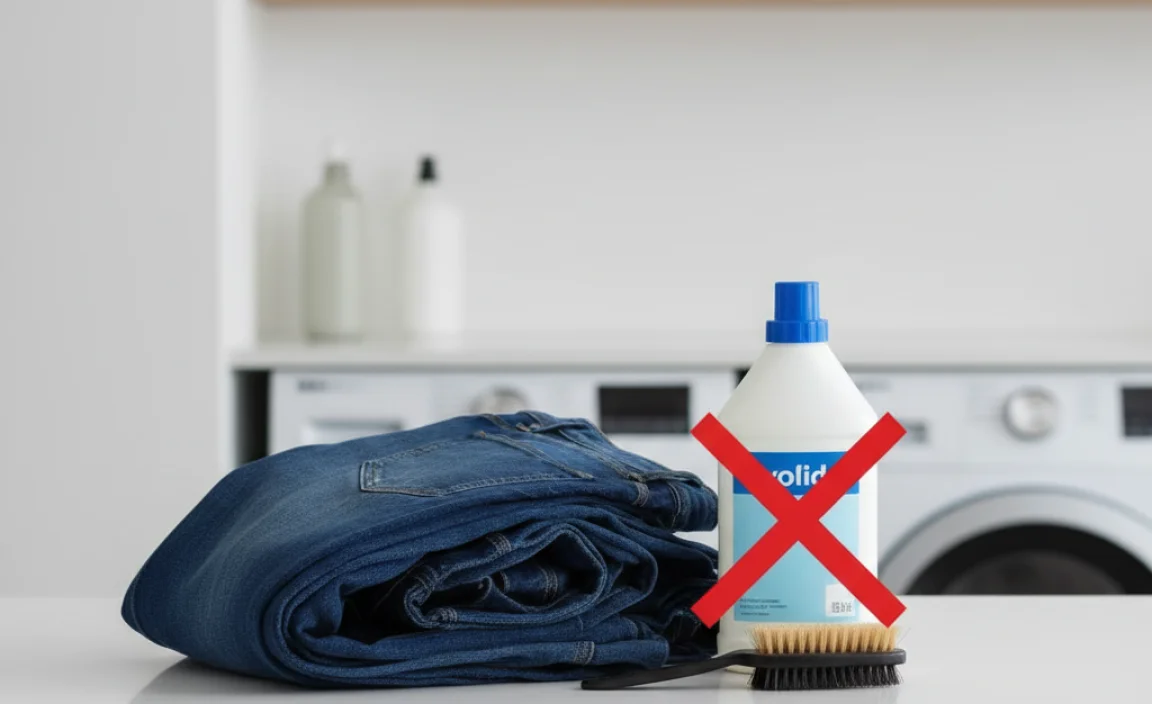
To ensure your jeans soften well without damage, steer clear of these common mistakes:
- Hot Water: Excessive heat can shrink denim and damage fibers, making them brittle rather than soft. Always opt for cold or warm water.
- Harsh Chemicals: Bleach and strong detergents can break down the cotton fibers too quickly, leading to premature wear and discoloration.
- Over-Drying: Tumble drying on high heat for too long can make denim stiff and cause shrinkage. Air drying or removing from the dryer while slightly damp is ideal.
- Ironing (Excessively): While a quick iron can smooth out wrinkles, frequent or high-heat ironing can press the fibers down, making them feel stiff. Embrace the natural relaxed look of softened denim.
- Washing with Rough Items: Avoid washing new jeans with abrasive items like towels or zippers, which can cause unnecessary wear and tear.
Caring for Your Softened Jeans
Once your jeans have reached their ideal softness, maintaining that comfort is key. Regular care will ensure they stay soft and last longer. For more detailed washing instructions, the Consumer.gov website offers helpful general clothing care advice.
- Wash Less Often: Every wash can slightly wear down the fibers. Spot clean minor stains and only wash your jeans when they truly need it.
- Wash Inside Out: This protects the color and prevents excessive fading on the parts you see most.
- Use Cold or Warm Water: Always choose cooler water temperatures to preserve the denim’s integrity and color.
- Gentle Cycle: When you do wash, a gentle cycle puts less stress on the fabric.
- Air Dry or Low Heat: Whenever possible, air dry your jeans by hanging them. If using a dryer, opt for a low-heat setting and remove them while still slightly damp to prevent stiffness.
- Avoid Overcrowding the Washer: Give your jeans ample space to move freely during the wash cycle for better cleaning and less fiber stress.
When to Consider Professional Help (Rarely Needed)
For most situations, the methods above are sufficient to soften straight jeans. However, if you have extremely delicate or vintage denim, or if you’re concerned about damaging a particularly expensive pair, you might consider professional denim care. Some specialized dry cleaners offer denim restoration or softening services, though these are typically for specific issues like severe stiffness from storage or industrial treatments, not a standard new pair. For the average consumer, DIY methods are far more practical and cost-effective.
Frequently Asked Questions (FAQs)
Is it okay to use fabric softener on my straight jeans?
Yes, fabric softener can help make straight jeans feel softer. However, use it in moderation, as overuse can lead to a waxy buildup on the fabric over time, potentially affecting its breathability and texture. Vinegar is often a good alternative.
How long does it take for straight jeans to soften?
The time it takes for jeans to soften varies greatly depending on the denim’s composition and how much you wear them. 100% cotton rigid denim can take several weeks of regular wear to feel significantly softer. Jeans with some stretch or those pre-washed at the factory will soften much faster, often within a few wears or washes.
Can I machine wash new straight jeans that feel stiff?
Absolutely. Machine washing is one of the most effective ways to soften new jeans. It’s recommended to wash them inside out in cold or warm water with a mild detergent. Repeating the wash and dry cycles a few times usually makes a noticeable difference.
Will washing my jeans shrink them?
Washing can cause some shrinkage, especially with 100% cotton denim. Using cold water and a medium heat dryer can minimize this. If you’re worried about shrinkage, consider air-drying or stretching the jeans while damp to regain their original shape and size. For specific advice on garment care and shrinkage, resources like the Federal Trade Commission (FTC) on apparel labeling can be helpful.
My straight jeans are still stiff after a few washes. What else can I do?
If repetitions of washing aren’t enough, try soaking your jeans in cool water with a cup of white vinegar or Epsom salt for a few hours before washing them. Gradually increasing wear time, even just around the house, will also continue to break down the fibers naturally.
Should I iron my straight jeans to soften them?
Ironing isn’t a method for softening denim. In fact, excessive ironing can make the fabric feel stiffer by pressing the fibers down. It’s better to embrace the natural, slightly lived-in look of softened denim achieved through washing, wearing, and gentle stretching.
Conclusion
Transforming stiff straight jeans into a comfortable, well-loved wardrobe staple is an achievable goal. By employing simple techniques like repeated washing, using natural softeners like vinegar, and embracing the natural break-in process of wearing them, you can ensure your jeans feel as good as they look. Remember that patience is key, and each wash and wear cycle brings you closer to that perfect denim feel. So, go ahead, try these tips, and enjoy the journey to your coziest pair of straight jeans yet!




